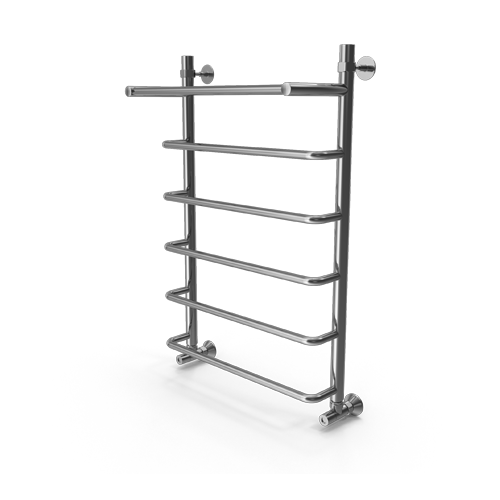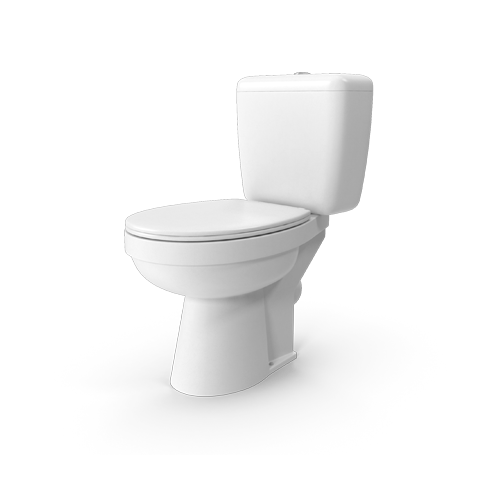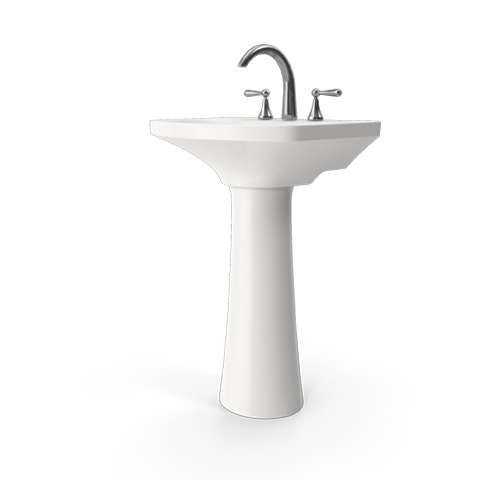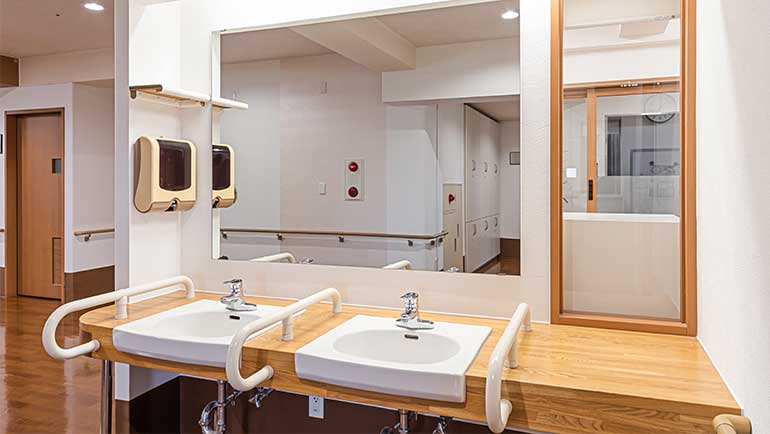What Is a Washroom?
Have you ever found yourself in a bit of a pickle, wandering around a posh restaurant or shopping centre, desperately looking for signs that point to the facilities? Perhaps you’ve spotted various terms like ‘washroom’, ‘bathroom’, or even the cheeky British favourite ‘loo’, and wondered about the differences? Well, you’re not alone, and I’m here to help clear up any confusion!
Understanding the Basics: What is a Washroom?
A washroom, in its simplest form, is a room containing facilities for personal hygiene and relief. From what I’ve seen, it’s rather like the Swiss Army knife of rooms – multifunctional, practical, and absolutely essential. Think of it as Britain’s answer to the American ‘restroom’ or the formal ‘lavatory’.
The British Connection
In the UK, we’re quite particular about our terminology. According to a 2023 YouGov survey, 42% of Britons prefer the term ‘bathroom’ when referring to facilities in their homes, while ‘washroom’ is more commonly used in public spaces. Imagine if we applied the same logic to other rooms – we’d be calling our kitchen a ‘cookroom’ or our bedroom a ‘sleeproom’!
What is a Bathroom: Breaking Down the Differences
While many use these terms interchangeably, there are some subtle differences worth noting:
- Washroom: Typically refers to a public facility focusing on hand-washing and personal relief
- Bathroom: Usually includes bathing facilities, commonly found in homes
- Toilet: A more direct term, focused solely on the WC facility
The Evolution of Public Facilities
According to the British Toilet Association’s 2024 report, the UK has seen a 35% decrease in public washrooms over the past decade. This makes understanding where to find facilities even more important. Personally, I think this decline affects our city centres and public spaces significantly.
Modern Washroom Features
Today’s washrooms are quite different from the humble water closets of yesteryear. Here’s what you might find in a modern facility:
- Automatic sensor taps and hand dryers for improved hygiene
- Baby changing stations in both male and female facilities
- Accessible options for those with mobility challenges
Accessibility and Inclusivity
Modern washrooms are becoming increasingly inclusive. It’s rather like the British queueing system – everyone deserves their fair turn and equal access. I’d consider this one of the most important developments in public facility design.
Helpful Tips for Finding Public Washrooms
Here’s a proper useful tip: Download the Great British Public Toilet Map app. It’s an absolute lifesaver when you’re out and about in unfamiliar areas. The app shows nearby facilities and even provides accessibility information.
Cultural Differences
What would you consider the most unusual washroom feature you’ve encountered while travelling? Share your experiences in the comments below – we’d love to hear about different washroom customs from around the world!
Environmental Considerations
Modern washrooms are becoming more eco-conscious. Think of it like a London bus – efficient, serving many people, but with an eye on environmental impact. Many facilities now include:
- Water-saving dual flush systems that help reduce consumption
- Motion-sensor lighting to conserve energy
- Hand dryers that use less electricity than traditional models
Future Developments
The future of washrooms looks quite exciting, with smart technology leading the way. For those interested in learning more about sustainable washroom design, the Royal Institute of British Architects (RIBA) offers excellent resources on their website.
Maintaining High Standards
Whether it’s a washroom or bathroom, proper maintenance is essential. It’s not just about keeping things spick and span – it’s about creating a welcoming environment for everyone.
Final Thoughts
Understanding what a washroom is goes beyond simple definitions – it’s about recognising their essential role in our daily lives. As we continue to see innovations in design and functionality, these spaces will undoubtedly continue to evolve to meet our changing needs.



